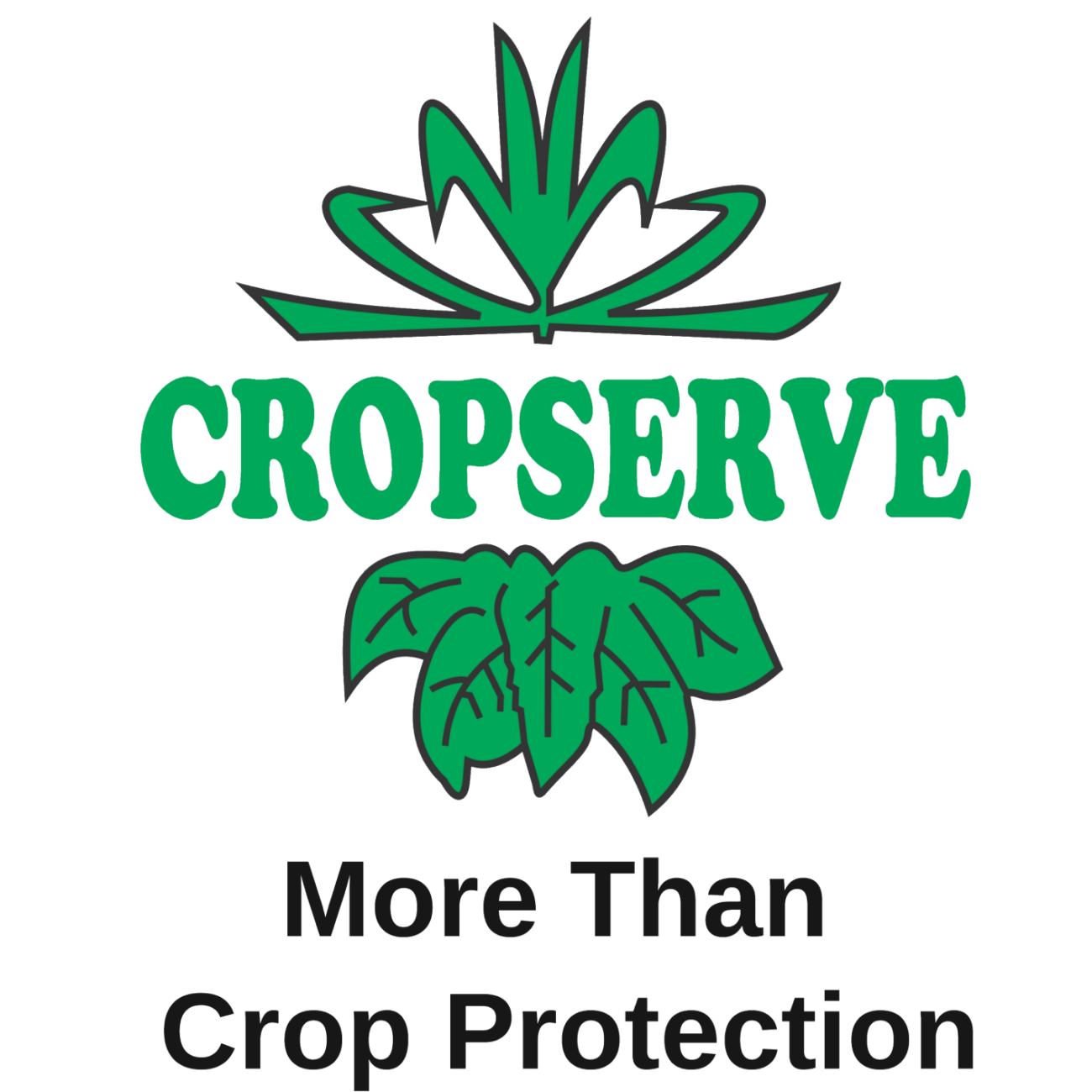Taxonomy order: Thysanoptera
Description: Thrips are small (<1 mm long or less) slender insects with fringed wings and unique asymmetrical mouthparts. Different thrips species feed mostly on plants by puncturing and sucking up the contents, although a few are predators. Most thrips range in colour from translucent white / yellowish to dark in colour.
Distribution on the plant:
Refer to this link (UC IPM) for more information on identification and the pest lifecycle.
Detriment to crops: Many thrips are pests of commercial crops due to the damage caused by feeding on developing flowers, fruit and vegetables. They can cause discoloration, deformities, and reduced marketability of fruit of the crop. Some thrips serve as vectors for plant diseases, such as tospoviruses. Over 20 plant-infecting viruses are known to be transmitted by thrips.
Monitoring remarks: As described by the UC IPM: "If thrips are a suspected cause of plant damage, thrips adults and larvae can be monitored by branch beating or gently shaking foliage or flowers onto a light-colored sheet of paper, beating tray, or small cloth. For thrips that feed on buds or unexpanded shoot tips, clip off several plant parts suspected of harboring thrips, place them in a jar with 70% alcohol (ethanol), and shake vigorously to dislodge the thrips. Strain the solution through filter paper so thrips can more readily be seen. Watch the online video demonstration of this technique."
Action threshold: Suppress when seen.
Control general remarks: Thrips are difficult to control. Refer to this link (UC IPM) for more information on IPM strategies.
Refer to a Cropserve Agronomist for more information on control.




